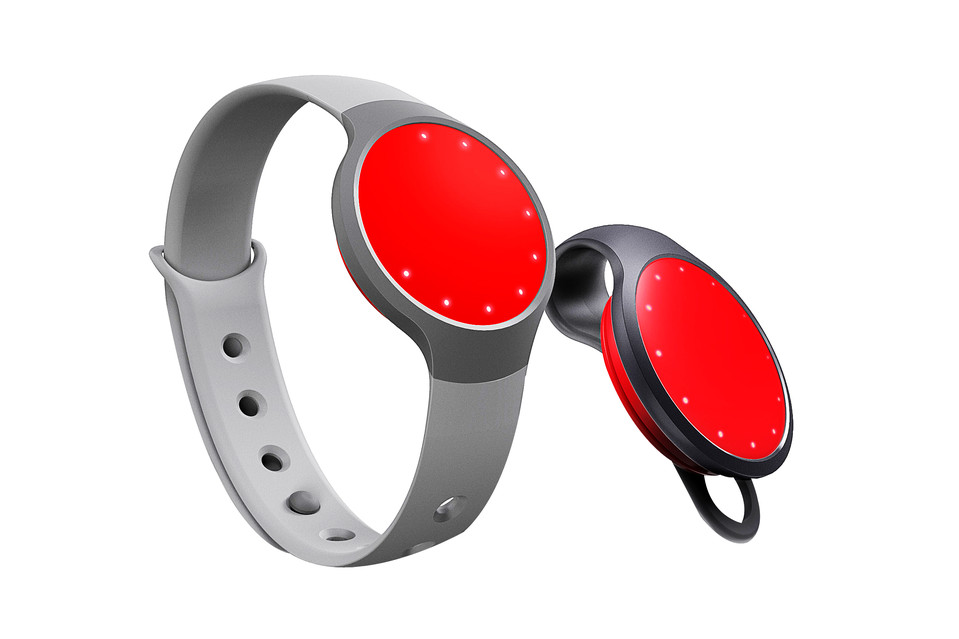Health & Technology News – Once upon a time, using a fitness tracker to monitor the number of steps you take (or hours you sleep) was not an undertaking to approach lightly. Because the point of wearing these gadgets is to get credit for your every physical exertion—whether a 60-minute Beach Body class or a 30-second walk to the fridge—you pretty much had to wear the same device from morning to night, even if the gizmo that was perfect for the gym was too sporty for the office.
But with the introduction of Apple’s Health app, a free feature of iOS 8, all that has changed. It allows data collected by the apps of a range of health gadgets—from step-counting bracelets to glucose monitors—to be viewed in one place on an iPhone or iPod Touch, even if those gadgets are from different manufacturers.
Although the big-picture potential of this feature could be huge (major health-care providers, like the Mayo Clinic, are building apps that allow you to send data directly to your physician), the Health app has already rocked the fitness-tracking world. Instead of having to commit to a single device, you can now swap, say, your sporty Jawbone UP24 for a more discreetly placed Misfit Shine when you head out for the evening, and know that the steps tracked by both devices will get duly counted.
Not every fitness-tracker is compatible, and those that are don’t necessarily share all of the data they collect with the Health app yet. But with trackers getting slimmer, more capable and less expensive, now’s as good a time as ever to jump in. Here are four standout devices that are all Health-app compatible.
Jawbone UP24
This twisty piece of plastic keeps tabs on just a few key metrics, but the UP24 allows you to do more with that data than any other tracker on the market. Even before Apple introduced the Health app, the UP24 had been compatible with a huge range of health-oriented apps. You can, for example, sync your UP24 data with the Sleepio app for suggestions on how to fall asleep faster and wake up more refreshed, or the RunKeeper app to time and map your jogging routes. (With the Health app, the UP24 currently shares step and sleep data). The UP24 will even talk to a Nest smart thermostat to set your home to the temperature that gives you the best night’s sleep. There’s only one way to wear the UP24—on your wrist—but it comes in three sizes to fit you to a tee. $130, jawbone.com
The Misfit Flash, which goes on sale this Monday, is one of the lowest-priced trackers you can buy. But this little plastic disk—roughly the same size as a stack of four half-dollar coins—tracks your steps and sleep just as well as more expensive models. (Currently, the Flash shares only step data with the Health app.)
What sets the Flash apart, though, are all the accessories that let you tailor how you wear it. The Flash includes a plastic watchband (the face of the Flash has 12 LEDs to indicate the time) as well as a clasp to hook the device onto your belt loop or sneaker. You can also buy a range of more formal metal and leather watchbands, as well as pendants that let you wear the Flash as a necklace, and even T-shirts and socks with little pockets sewn in. The Flash never needs recharging; it runs for up to six months on a watch battery. $50, misfit.com
Garmin Vivosmart
The Vivosmart isn’t quite a smartwatch, but it treads into similar territory—all without compromising the slim profile that makes a simple fitness tracker so attractive. In addition to counting steps and measuring sleep, the Vivosmart can link with a Bluetooth-paired smartphone to display texts, emails, calendar events and caller info on its black-and-white OLED screen. The Vivosmart can also time your workouts, and it shares a wealth of data with the Health app, including steps taken, distance traveled and estimated calories burned.
But the most winning feature is how much function the Vivosmart packs into such a slender bracelet. Its simple touch screen couldn’t be easier to operate: Tap twice to wake the Vivosmart up; swipe left or right to browse your fitness data and notifications. Unlike most smartwatches, which peter out after a day, the Vivosmart runs for up to seven days per charge. $170, garmin.com
Withings Pulse O2
Withings just announced that its Pulse O2 is compatible with Apple’s Health app—which makes it the tracker to get if you’re looking for a model that can be worn multiple ways (as a wristwatch, clipped to your clothing or simply tucked into your pocket) and that also delivers more detailed health data. Like its rivals, the Pulse O2 tracks steps and sleep, but it can also sense elevation—a feature that allows it to figure out if your steps were taken across a flat sidewalk or up a flight of stairs. It can even measure your heart rate and blood-oxygen level: Just press your fingertip against the scanning sensor on the back of the device. The Pulse O2 is one of the few trackers that shares all of the data it collects with the Health app.
A swipeable touch display on the face of the Pulse lets you view up to 10 days’ of health data. And while the UP24 and Vivosmart require special adapters to recharge, the Pulse O2 refuels via a standard micro-USB cable, and should last about two weeks before needing more juice. $120, withings.com
By By NATHAN OLIVAREZ-GILES, The Wall Street Journal

